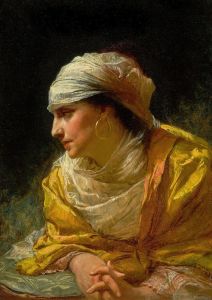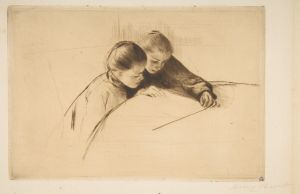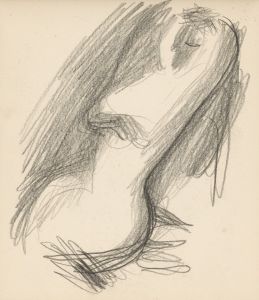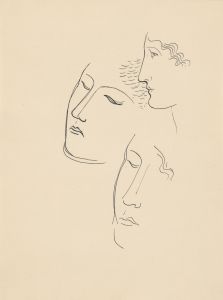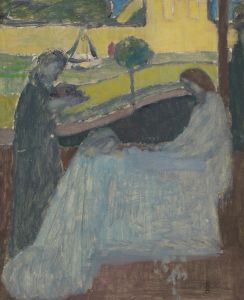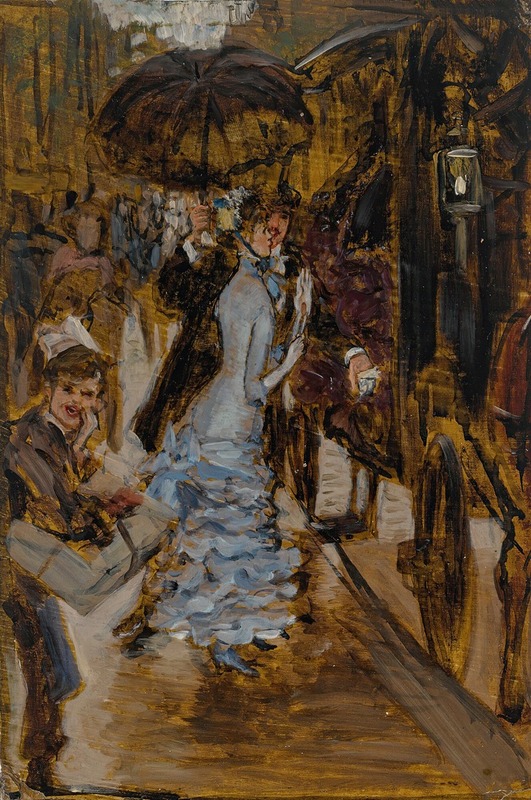
Sketch For La Damoiselle D’Honneur
A hand-painted replica of James Tissot’s masterpiece Sketch For La Damoiselle D’Honneur, meticulously crafted by professional artists to capture the true essence of the original. Each piece is created with museum-quality canvas and rare mineral pigments, carefully painted by experienced artists with delicate brushstrokes and rich, layered colors to perfectly recreate the texture of the original artwork. Unlike machine-printed reproductions, this hand-painted version brings the painting to life, infused with the artist’s emotions and skill in every stroke. Whether for personal collection or home decoration, it instantly elevates the artistic atmosphere of any space.
"Sketch For La Damoiselle D’Honneur" is a painting by the French artist James Tissot, created in the late 19th century. James Tissot, born Jacques Joseph Tissot on October 15, 1836, in Nantes, France, was a prominent painter and illustrator known for his detailed and often romanticized depictions of contemporary life, particularly focusing on the fashion and social customs of his time.
The painting "Sketch For La Damoiselle D’Honneur" is a preparatory work for a larger, more finished piece. As a sketch, it provides insight into Tissot's creative process, showcasing his initial ideas and compositional planning before committing to the final version. This sketch, like many of Tissot's works, reflects his keen interest in capturing the elegance and intricacies of women's fashion and social roles during the Victorian era.
Tissot's career began in earnest after he moved to Paris in 1856, where he studied at the École des Beaux-Arts and became associated with the Parisian art scene. He initially gained recognition for his historical and genre paintings, but his focus shifted to contemporary subjects in the 1860s. His works often depicted scenes of modern life with a particular emphasis on the leisure activities and social interactions of the upper classes.
"Sketch For La Damoiselle D’Honneur" is characterized by Tissot's meticulous attention to detail and his ability to capture the textures and patterns of fabrics, as well as the subtleties of light and shadow. The subject of the sketch, a young woman in a fashionable dress, is portrayed with a sense of grace and poise, reflecting the artist's admiration for the elegance of his subjects.
Tissot's work was well-received during his lifetime, and he enjoyed considerable success both in France and England. In 1871, following the Franco-Prussian War and the Paris Commune, Tissot moved to London, where he continued to build his reputation. His time in England was marked by a series of successful exhibitions and commissions, and he became known for his portraits of society women and scenes of everyday life.
The artist's personal life also influenced his work. In the late 1870s, Tissot met Kathleen Newton, who became his muse and companion. Her presence in his life had a profound impact on his art, and she appeared in many of his paintings. However, her untimely death in 1882 deeply affected Tissot, leading him to return to France and eventually to focus on religious themes in his later years.
"Sketch For La Damoiselle D’Honneur" remains an important example of Tissot's ability to blend technical skill with a keen observation of contemporary society. It offers a glimpse into the artist's working methods and his dedication to capturing the beauty and complexity of the world around him. Today, Tissot's works are held in numerous public and private collections, and he is remembered as one of the leading artists of his time, whose paintings continue to captivate audiences with their charm and sophistication.






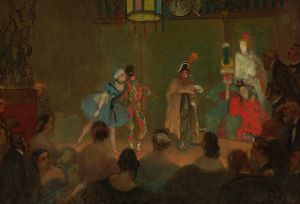

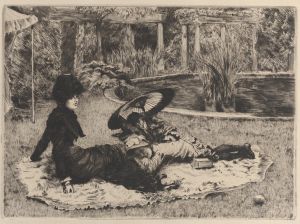
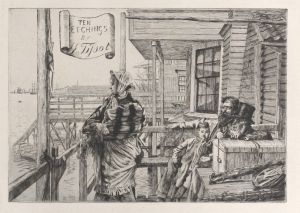

![The Commader in Chief in India [General Sir Frederick Paul Haines], Military and Navy, from Vanity Fair, March 25, 1876](/imgs/214448/s/james-tissot-the-commader-in-chief-in-india-general-sir-frederick-paul-haines-military-and-navy-from-vanity-fair-march-25-1876-18a8ea9e.jpg)

